Introduction
When you think of Osaka City, what do you picture?
You might think of high-rises, Osaka Castle, Universal Studio Japan (USJ), the Kaiyukan Aquarium, and things like that. They are all symbols of Osaka’s urban area.
However, there are still a few fields and farmers that produce vegetables in the city. In this blog, I’ll introduce some traditional vegetables which are also called “Naniwa Yasai”. Let’s dive in and find out together!
What are they like?
There are 9 kinds of vegetables that have been acknowledged as “Naniwa Yasai” in Osaka City. To be considered as Naniwa Yasai, there are two requirements: First, They’ve been cultivated locally for over a hundred years, and secondly, they have contributed to the agriculture and the food culture of Osaka.

If producers can achieve these two requirements, then they are given permission to use the designated mark during the sales of their vegetables which includes food used as ingredients.
Well, Let’s take a look at the features of these 9 vegetables.
① Tennoji Turnip (天王寺蕪)
It originated around Tennoji and is separated into two types with lobated or rounded leaves. Both of them have a hearty texture and a strong sweetness. The locals call them “float turnips” because their taproots rise to the surface. You can use Tennoji Turnips for salads or stews like a pot-au-feu.
② Tanabe Radish (田辺大根)
This radish is a local specialty of Tanabe in the Higashisumiyoshi Ward. Typically, this radish is 20cm long and 9cm thick, and it’s the best ingredient for Oden hotpot. It’s one of the most famous ingredients in good, old-fashioned home cooking in Japan!
③ Kintoki Carrot (金時人参)
It was cultivated in Naniwa Ward in the Edo period until the early Showa period, which was also referred to as the “Osaka Ninjin.” It has soft flesh with a strong fragrance. You can find this carrot in Ozoni soup, which is one of the traditional Japanese New Year’s dishes.
④ Osaka Shirona (大阪白菜)
Japanese farmers started cultivation of the Osaka Shirona in the Tenmabashi area during the Edo period, so it’s called “Tenmana.” It comes in three stages of ripening: early, medium, and late, and each of these stages provide a delicate flavor that is not too distinctive. You can use Osaka Shironas for salads or stews like a pot-au-feu.
⑤ Kema Cucumber (毛馬胡瓜)
This cucumber is a black-spined cucumber from Kema-Cho in the Miyakojima Ward. It’s usually around 30cm in length and 3cm in width. The fruit has a crunchy bite and a unique bitterness. You can eat it in a salad or even pickled for a short time.
⑥ Tamatsukuri Kuromon Oriental Pickling Melon (玉造黒門白瓜)
This pickling melon is originally from Tamatsukuri-Mon, which is a gate of the Osaka Castle. The fruit is deep green with white stripes, and 30cm in length and 10cm in width. It’s a well-known ingredient for pickles seasoned in sake lees called Narazuke.
⑦ Kotsuma Pumpkin (勝間南瓜)
It’s originally from Tamade-Cho (formerly Kotsuma-Mura) in Nishinari Ward. It’s a small lumpy kind of pumpkin which is vertically-lined and has sticky flesh. The Kotsuma Pumpkin grows up to about 900g. It’s a very useful vegetable and goes well with tempura, simmering dishes, and even with desserts.
⑧ Genpachi Mono Sprouts (源八もの)
In the early Meiji period, Mejiso (or 芽紫蘇, perilla sprouts) were widely cultivated in the Genpachi area of the Kita Ward. The perilla is separated into green and red varieties and both have a unique fragrance. It’s more of a side dish than a main dish, which makes it especially great as a condiment.
⑨ Nanba Green Onions (難波葱)
It has been grown in the Nanba area, which is a center of Osaka City, since the beginning in the Edo period. The leaves have delicate fibers, as well as a kind of stickiness and a rich sweetness. It’s an all-rounder ingredient for any type cooking, for example stir-fry, miso soup and hotpot.
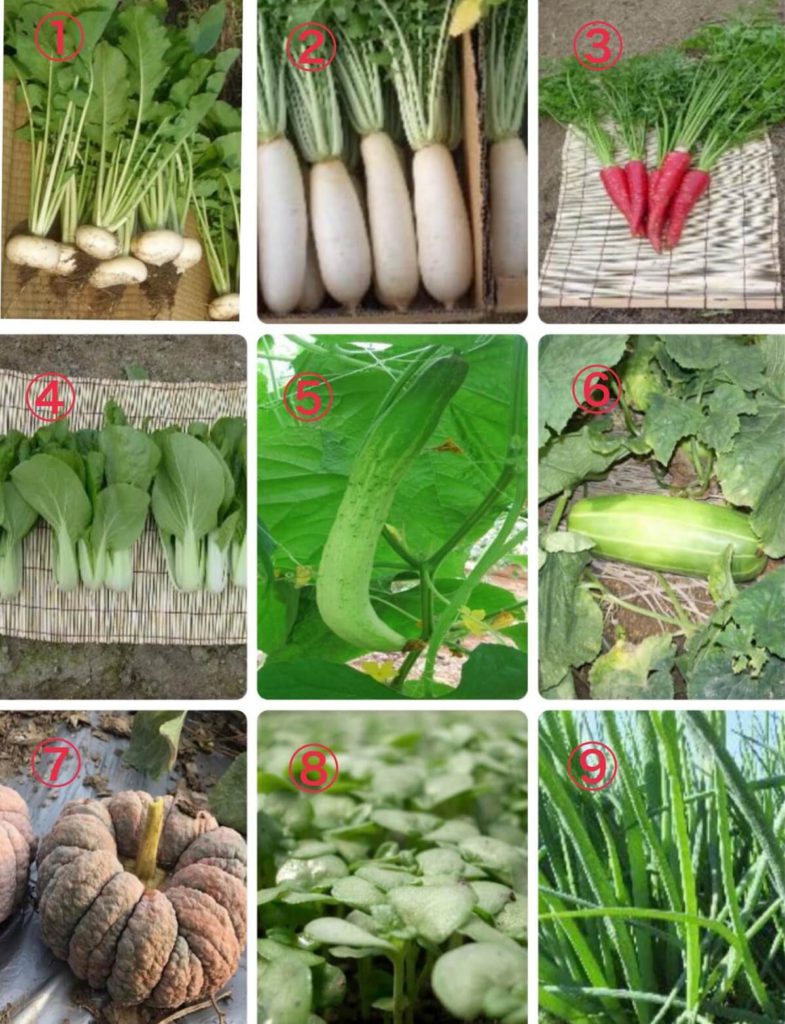
One hundred years ago, Osaka City flourished with agriculture, but there is only very little farmland now that remains. Can you imagine what it must have looked like a century ago?
*All images used with permission of Osaka City.
Here is Osaka City’s website.
https://www.city.osaka.lg.jp/keizaisenryaku/page/0000119574.html
Where can you get them?
Naniwa Yasai sounds like your typical vegetable. However, please be aware that they are very rare and difficult to find in your local supermarket. They are usually found in one of these three specialy markets, Michi no Eki Kanan, Hana no Mori, and Oide-na (which is sponsored by JA or the Japan Agricultural Cooperatives). It is also possible to get them online if the store has them in stock.
〜Michi no Eki kanan (道の駅かなん)
http://www.osaka-michinoeki-kanan.jp/index.html
〜Hana no Mori (葉菜の森)
http://hananomori-osaka.com/
〜Oide-Na (おいで〜菜)
https://life.ja-group.jp/farm/market/detail?id=1442
Alternatively. If you have a vegetable garden at home or you have an interest in growing vegetables, you should get Naniwa Yasai’s seeds from one of the five nurseries that I share below.
〜Akamatsu Shubyou (赤松種苗)
http://www.akamatsu-tane.co.jp/
〜Ishihara Seed CO.LTD(石原種子)
http://ishiharashushi.com/index.html
〜FUJII SEED COMPANY, LTD (株式会社フジイフード)
http://fujiiseed.co.jp/
〜Fujita Syushi CO.LTD (藤田種子株式会社)
https://www.fujitaseed.co.jp/smp/index.html
〜Fujiwara Shubyou Ten (藤原種苗店)
http://www.fujiwara-seed.jp/
Moreover, if your garden lacks the space necessary to grow vegetables, it is also possible to rent a field from a private owner or community garden which you can find all across Osaka City.

Recommendations
Would you like to try some pickles that are used in Naniwa Yasai? I’ll introduce two long-established pickle shops in Osaka City. If you are interested in them, please visit the link below.
〜Nishimura (西むら)
They have been making Japanese pickles using traditional techniques. They helped to revive Naniwa Yasai, which almost disappeared. A lot of customers are always waiting for their seasonal products.
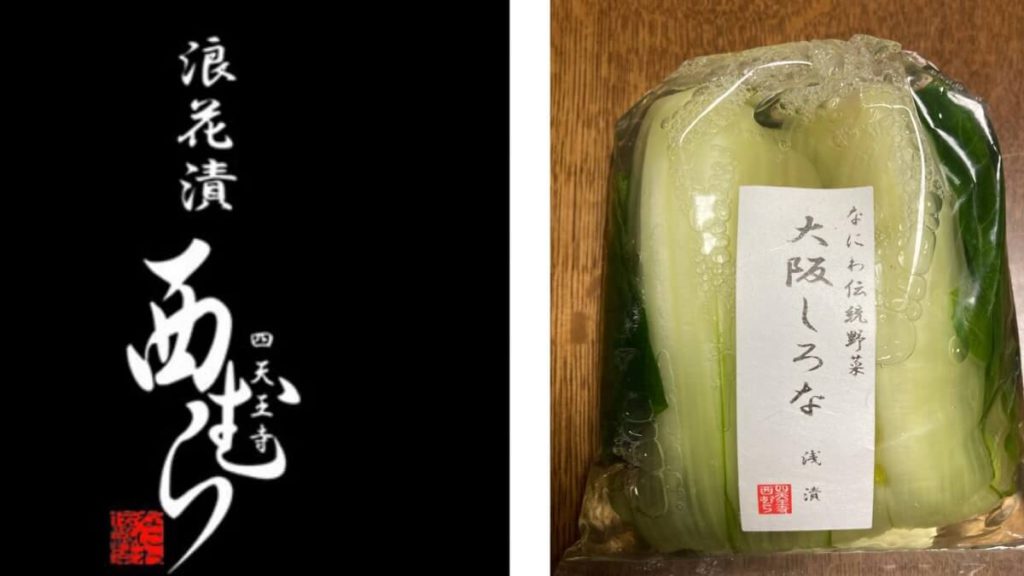
http://www.shitennoji-nishimura.com/original2.html?mode=pc
〜Ganso Tsukemonya (元祖漬もんや)
This shop has been loved among locals for about 50 years. The experienced maker has a keen eye for the quality of vegetables and continues selling pickles using Naniwa Yasai.
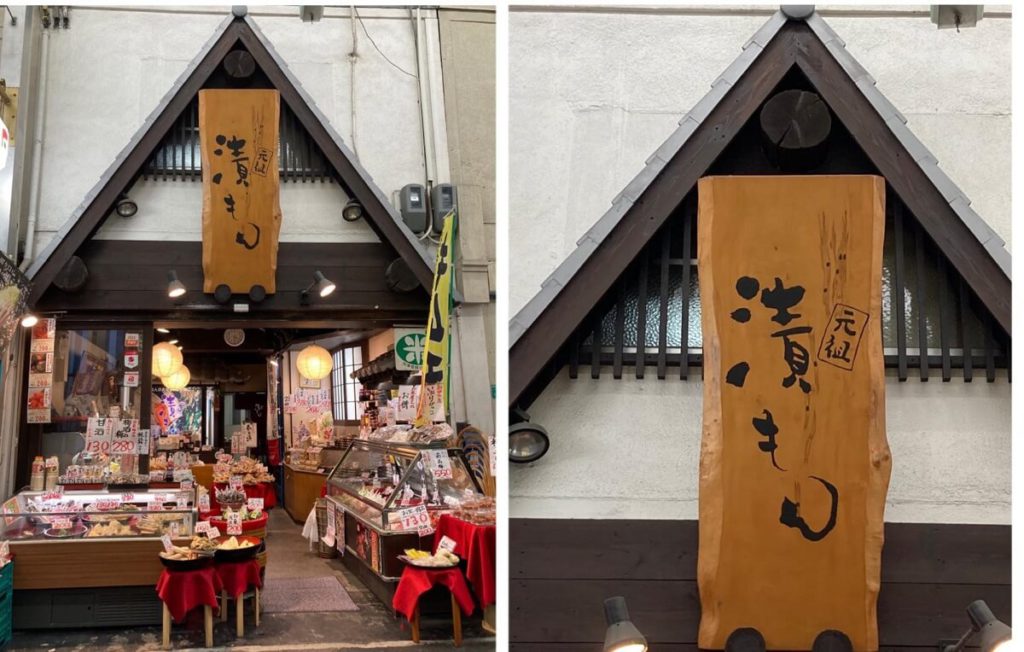
http://www.ganso-tsukemonya.co.jp/index.php?data=./data/l1/
Conclusion
Thank you for reading my article to the end. I hope you were able to gain an interest in traditional vegetables called Naniwa Yasai, and hopefully, I was able to convey the importance of keeping traditions alive.
In my blogs, it has always been my intention to highlight the difficulties of preserving culture, and I honestly hope that even in the future, things like infrastructure, transportation, and society may change, but something should always be kept the same regardless of time. See you later!
Brand Ambassador of kyoto Denim company, Kimono dresser, Japanese flower arrangement instructor I was born and raised in Osaka, I know this area like my backyard. I’d like to introduce Japanese culture and good points to someone from overseas. That’why I study English every day. Please feel free to ask me if you need anything.

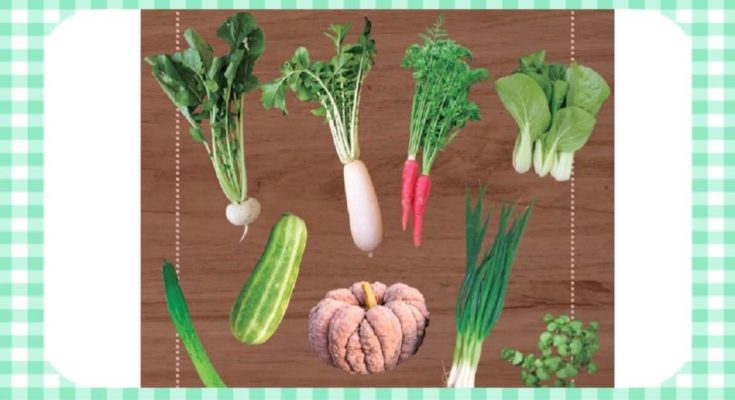

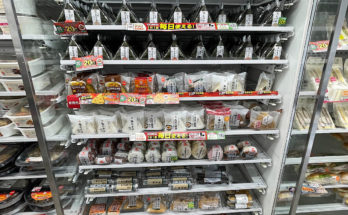

 HTJ has a YouTube page! Check it out
HTJ has a YouTube page! Check it out